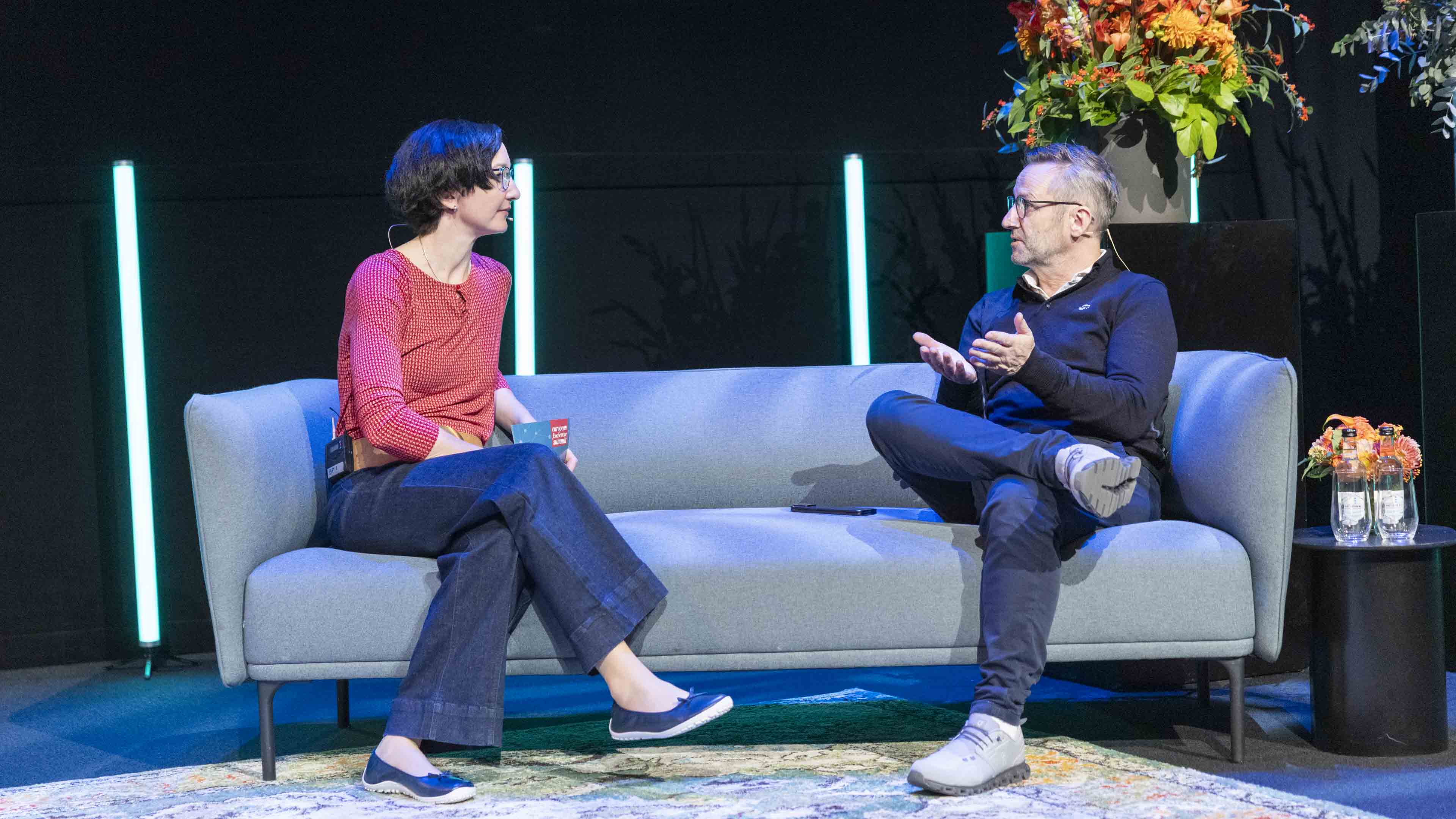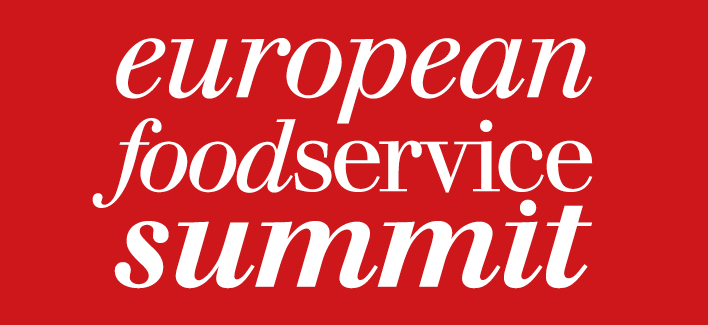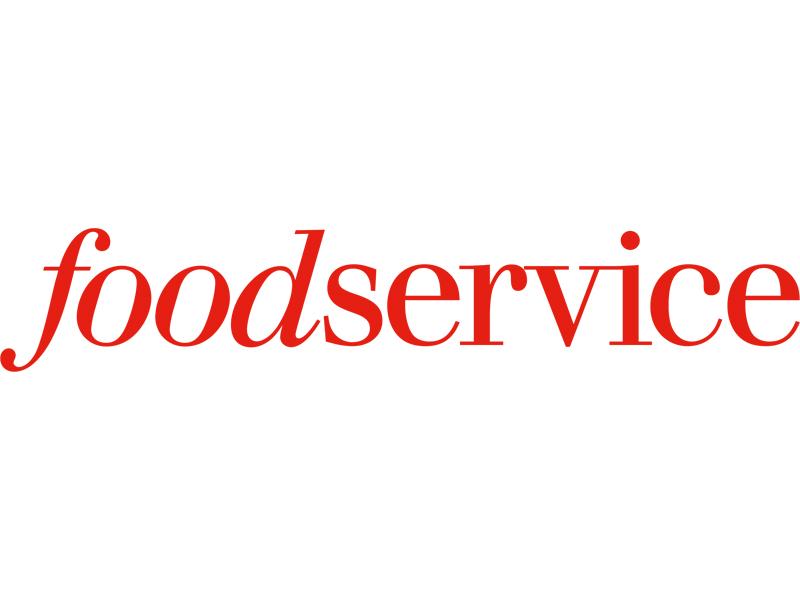The Reality of Drone Delivery

Katrin Wissmann (dfv media group) and Bobby Healy (Manna Air Delivery) talk about the possibilities of drone delivery.
Bobby Healy, founder of Manna Air Delivery, joined Katrin Wissmann in a fireside chat at this year’s European Foodservice Summit. Healy emphasised that drone delivery has moved beyond concept to become a practical, profitable, and scalable solution. He underscored how Manna’s technology—designed to be cheaper, safer, and greener than road-based logistics—is reshaping the future of food delivery, particularly in suburban environments.
Top 5 Key Learnings from Bobby Healy, Manna Air Delivery:
- Drone Delivery is Operational Now
Manna has executed over 250,000 commercial drone delivery flights in Dublin, and drone delivery is a profitable reality in select suburban zones, with 1 in 5 households in certain areas using the service weekly. - Regulation Enables EU Leadership
European regulatory frameworks have made low-altitude airspace accessible for drones, positioning Europe – and particularly Ireland – at the forefront of commercial drone delivery, while other markets lag due to regulatory or legal barriers. - Improving Logistics and Customer Satisfaction
Flight times average less than three minutes, preserving food quality better than road-based delivery, which can result in cold meals and poor consumer experiences. Reduced wait times benefit both restaurants and customers. - Economics and Efficiency Over Road-Based Delivery
Drone delivery removes much of the labor and vehicle costs connected to traditional delivery, offering lower commissions to restaurants and delivery charges similar or lower for consumers while delivering EBITDA margins exceeding 40% in pilot locations. - Environmental and Safety Improvements
Drones consume only about one-sixth of the CO2 compared to road vehicles and have lower accident risk. The environmental and workplace safety advantages over both internal combustion and electric vehicle deliveries are considerable.
Manna facts & figures at a glance
–>250,000 total delivery flights performed
–>1,000 daily deliveries from one hub
–>49–50 restaurants/shops participating
–>8 deliveries per hour per drone; up to 80 per hour with 10 drones
–>42% household reach in a sampled suburb
–>20% weekly household participation
–>Delivery time: 2 minutes 40 seconds on average
–>Drone maximum lifespan: 75,000 flights
–>Drones emit one-sixth the CO₂ of road options
–>Delivery cost: €1.99, with no premium over traditional methods
–>40% EBITDA margin at maturity
–>20%+ revenue share for some restaurant partners, target of 40%
–>22% of deliveries are hot coffee; drinks lose just 2–3°C
–>Loader productivity: 20–25 operations per hour per person



